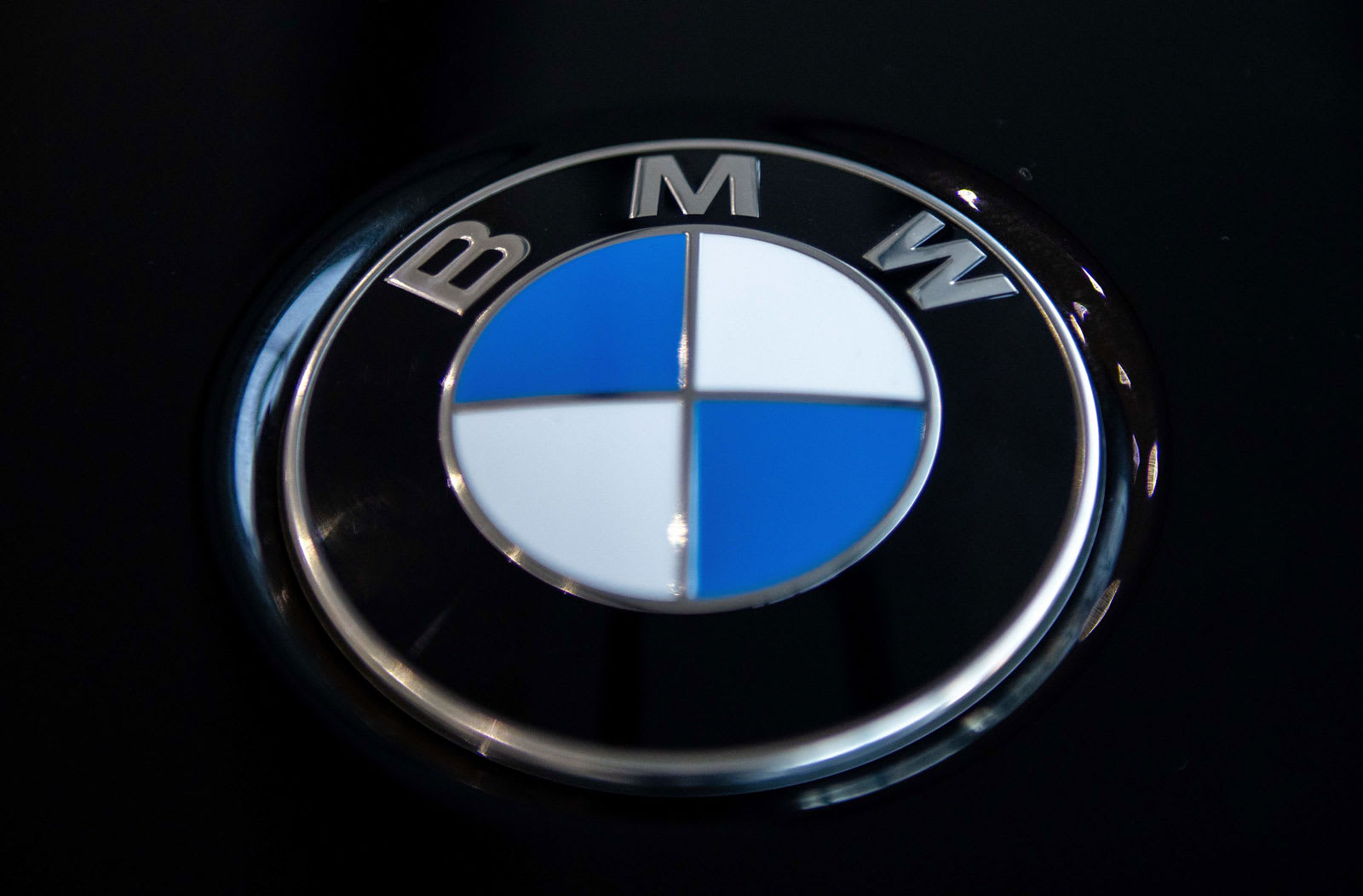
Progress is lumpy. The future is attained in a series of epochal strides, each followed by a lot of relatively inconsequential shuffling forward. The invention of the internet (and especially the consumer-friendly web) was a rare giant step that motivated immense adoption of computers and digital lifestyles. A global marketplace of online citizens spawned gadgets, software apps, corporate gold-rushing and other feverish shuffling.
Even with the opulent gadgetry we admire and enjoy, the whole expanding tech bubble seems to be reaching for something beyond itself. The incremental improvements of personal technology don't thrust into the future as much as push against constraining walls of the present. Sharper screens and thinner computers are delightful results of corporate development cycles. But we are tethered to the present, which one day will seem primitive in retrospect, by two unglamorous bridles: power and connectivity.
Continue reading Editorial: Physics and politics stand in the way of true mobile
Editorial: Physics and politics stand in the way of true mobile originally appeared on Engadget on Tue, 04 Sep 2012 09:00:00 EDT. Please see our terms for use of feeds.
Permalink | |
Email this |
Comments
 BMW is leading a consortium of companies with the goal of giving electric vehicle batteries new life after they've kicked the bucket as a car power source. The partnership with Belgian recycling firm Umicore and Swedish battery manufacturer Northvolt...
BMW is leading a consortium of companies with the goal of giving electric vehicle batteries new life after they've kicked the bucket as a car power source. The partnership with Belgian recycling firm Umicore and Swedish battery manufacturer Northvolt...
 BMW is leading a consortium of companies with the goal of giving electric vehicle batteries new life after they've kicked the bucket as a car power source. The partnership with Belgian recycling firm Umicore and Swedish battery manufacturer Northvolt...
BMW is leading a consortium of companies with the goal of giving electric vehicle batteries new life after they've kicked the bucket as a car power source. The partnership with Belgian recycling firm Umicore and Swedish battery manufacturer Northvolt...
 Travelers looking to use their fancy new smart luggage may soon face a hard time getting the bags on a plane due to safety concerns about their batteries. According to CNN, American, Delta and Alaska Airlines have all announced that starting January...
Travelers looking to use their fancy new smart luggage may soon face a hard time getting the bags on a plane due to safety concerns about their batteries. According to CNN, American, Delta and Alaska Airlines have all announced that starting January...
 While most of us probably keep our laptops and other large electronics in our carry-on bags, the Federal Aviation Administration (FAA) still wants to avoid the risk associated with exploding lithium-ion batteries in the cargo hold of passenger aircra...
While most of us probably keep our laptops and other large electronics in our carry-on bags, the Federal Aviation Administration (FAA) still wants to avoid the risk associated with exploding lithium-ion batteries in the cargo hold of passenger aircra...








